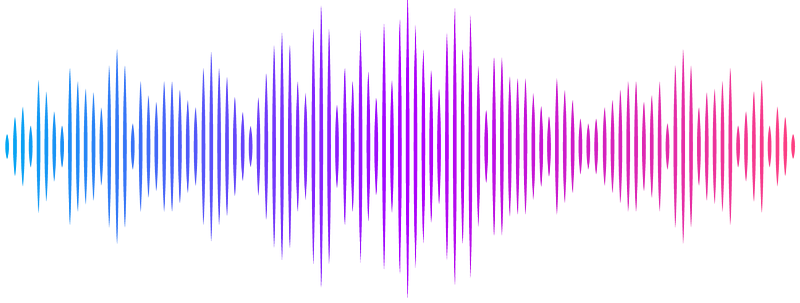Dissociation between biomechanical stiffness and sEMG activity in trapezius and lumbar skeletal muscles in steady postures

Dissociation between biomechanical stiffness and sEMG activity in trapezius and lumbar skeletal muscles in steady postures
Veraksits, A.; Reinvee, M.; Ereline, J.; Gapeyeva, H.; Kums, T.; Gavronski, G.; Paasuke, M.; Vasar, E.
AbstractBackground: Prolonged sitting posture and sedentary behaviour, spent mostly in sitting are harmful for general health. The low back and shoulder area are the most vulnerable. In these regions the sEMG registration of neuromuscular activity shows low activity in steady postures. Stiffness of according muscle can be measured by myotonometry. We were not able to find any direct comparison between these parameters although separately, direct correlations between contraction force and sEMG or stiffness have been clearly established. Research question: Whether and how stiffness is modulated by neuromuscular activity in standing, lying or in different sitting postures in these vulnerable regions. Methods: The muscle\'s biomechanical stiffness (measured with MyotonPRO) and mean power frequency (MPF) with amplitude (AMP) on surface electromyography (sEMG) were registered in the upper part of musculus trapezius (UT) and musculus erector spinae (ES, at the level of L4 vertebrae). Nine healthy physically active males aged 19 to 46 (mean{+/-}SD, 28.6{+/-}10.9 years), participated in the study. The standing, prone, and three sitting postures where studied. The latter were distinguished by the back-tight-angle (BTA): 1) sitting on a common chair, straight back, BTA 90 deg), 2) slumped sitting on the same chair (BTA<90 deg), and 3) sitting on an experimental chair with a convex base, BTA 115-120 deg. Results and Significance: Muscle stiffness did not correlate with either of the sEMG parameters in ES but did so only in low grade with the AMP in UT (Spearman rank {rho}=0.24, p=0.02). It was interesting that contrary to UT, in ES a significant positive correlation ({rho}=0.24, p=0.02) was noted between MPF and AMP. It is likely that the steady body position under the Earth\'s g force may be ensured by the biomechanical characteristics of the tissue rather than neuromuscular activity. This can be explained by incompressible nature of soft tissues and be a less resource-consuming strategy.


